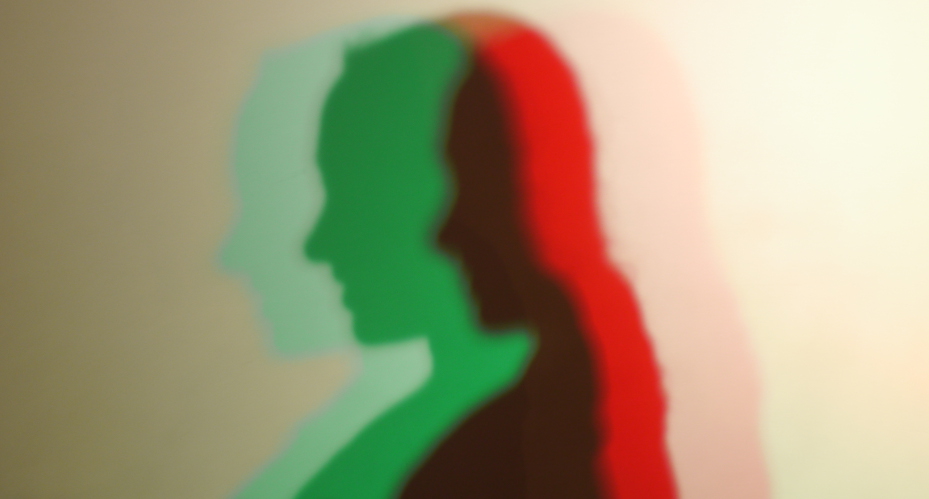In this activity, students take advantage of persistence of vision with a simple apparatus that turns a series of static images into motion.
In a stroboscope, slits open and close in front of your eye as the disc rotates. Each time a slit opens, you glimpse the scene on the far side of the disk. Each open-slit image lingers in your eye and brain long enough to merge with the next image.
This phenomenon, called "persistence of vision", will give your brain the illusion that motion is taking place.




